Images Of Jupiter Taken By The Juno Spacecraft During Perijove 5 (March 27th 2017) And Processed By The








Images of Jupiter taken by the Juno spacecraft during perijove 5 (March 27th 2017) and processed by the public.
Credits; 1: J.P. Hersey 2: Phablo Araujo 3: James Tyrwhitt-Drake 4: Björn Jónsson 5 & 6: Jason Major 7: Uriel 8: Melissa Egan
More Posts from Hannahhaifisch and Others
The laws of thermodynamics are some of the most important principles in modern physics, because they define how three fundamental physical quantities - temperature, energy, and entropy - behave under various circumstances.
But now physicists say they’ve found a loophole in one of these laws, and it could create scenarios in which entropy - or disorder - actually decreases with time.
Continue Reading.
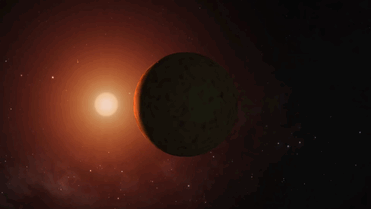
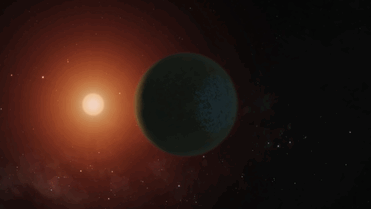
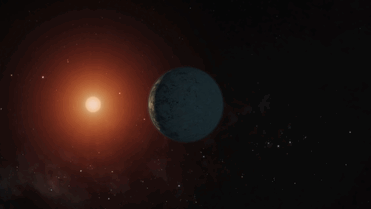



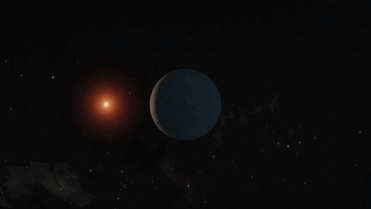
TRAPPIST-1 Planets - Flyaround Animation
Credit: NASA/Spitzer
Hannah Reber, “snowmotion”, 2013, video study

Hold a buoyant sphere like a ping pong ball underwater and let it go, and you’ll find that the ball pops up out of the water. Intuitively, you would think that letting the ball go from a lower depth would make it pop up higher – after all, it has a greater distance to accelerate over, right? But it turns out that the highest jumps comes from balls that rise the shortest distance. When released at greater depths, the buoyant sphere follows a path that swerves from side to side. This oscillating path is the result of vortices being shed off the ball, first on one side and then the other. (Image and research credit: T. Truscott et al.)

Native Gold with White Quartz
Eagle’s Nest Mine, Placer County, California
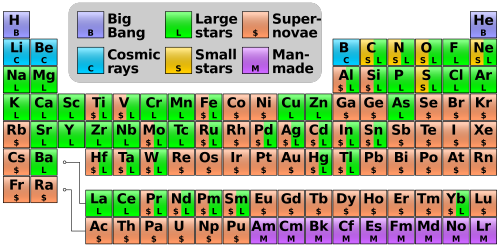
Where Your Elements Came From
The hydrogen in your body, present in every molecule of water, came from the Big Bang. There are no other appreciable sources of hydrogen in the universe. The carbon in your body was made by nuclear fusion in the interior of stars, as was the oxygen. Much of the iron in your body was made during supernovas of stars that occurred long ago and far away. The gold in your jewelry was likely made from neutron stars during collisions that may have been visible as short-duration gamma-ray bursts. Elements like phosphorus and copper are present in our bodies in only small amounts but are essential to the functioning of all known life. The featured periodic table is color coded to indicate humanity’s best guess as to the nuclear origin of all known elements. The sites of nuclear creation of some elements, such as copper, are not really well known and are continuing topics of observational and computational research.
Image Credit: Cmglee (Own work) CC BY-SA 3.0 or GFDL, via Wikimedia Commons

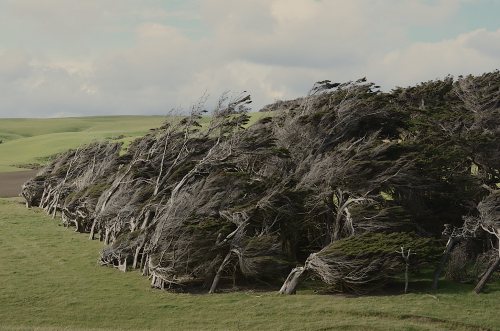



slope point, the southernmost tip on new zealand’s south island, is hit with such persistently violent southern antarctic winds that trees grow in the leeward direction. (click pic or link for credit x, x, x, x, x, x)

-
 rhoids liked this · 1 year ago
rhoids liked this · 1 year ago -
 lecaldecasa liked this · 2 years ago
lecaldecasa liked this · 2 years ago -
 morphobutpurple reblogged this · 3 years ago
morphobutpurple reblogged this · 3 years ago -
 morphobutpurple liked this · 3 years ago
morphobutpurple liked this · 3 years ago -
 angelofmyguardianangel liked this · 3 years ago
angelofmyguardianangel liked this · 3 years ago -
 vidddywelll-blog liked this · 4 years ago
vidddywelll-blog liked this · 4 years ago -
 wild-moooon-child liked this · 4 years ago
wild-moooon-child liked this · 4 years ago -
 rougemis reblogged this · 4 years ago
rougemis reblogged this · 4 years ago -
 pointyvulcanears reblogged this · 4 years ago
pointyvulcanears reblogged this · 4 years ago -
 emadmmr-blog liked this · 5 years ago
emadmmr-blog liked this · 5 years ago -
 threisa64 reblogged this · 5 years ago
threisa64 reblogged this · 5 years ago -
 herdarkskirts reblogged this · 5 years ago
herdarkskirts reblogged this · 5 years ago -
 algood liked this · 5 years ago
algood liked this · 5 years ago -
 couldntthinkofatitle liked this · 5 years ago
couldntthinkofatitle liked this · 5 years ago -
 jernostrapig reblogged this · 5 years ago
jernostrapig reblogged this · 5 years ago -
 moonstar-magic liked this · 5 years ago
moonstar-magic liked this · 5 years ago -
 haiderqassam liked this · 5 years ago
haiderqassam liked this · 5 years ago -
 whe-renot liked this · 5 years ago
whe-renot liked this · 5 years ago -
 aeolian-sounds reblogged this · 5 years ago
aeolian-sounds reblogged this · 5 years ago -
 1five1two liked this · 5 years ago
1five1two liked this · 5 years ago -
 sphinxnomore liked this · 5 years ago
sphinxnomore liked this · 5 years ago -
 francescacantarellilove liked this · 5 years ago
francescacantarellilove liked this · 5 years ago -
 rough-rider-276 liked this · 5 years ago
rough-rider-276 liked this · 5 years ago -
 marcoscruzus liked this · 5 years ago
marcoscruzus liked this · 5 years ago -
 pi-ters reblogged this · 5 years ago
pi-ters reblogged this · 5 years ago -
 pi-ters liked this · 5 years ago
pi-ters liked this · 5 years ago -
 fritzwilhelm reblogged this · 5 years ago
fritzwilhelm reblogged this · 5 years ago -
 fritzwilhelm liked this · 5 years ago
fritzwilhelm liked this · 5 years ago -
 2020blaq reblogged this · 5 years ago
2020blaq reblogged this · 5 years ago -
 2020blaq liked this · 5 years ago
2020blaq liked this · 5 years ago -
 esqwaer1971 liked this · 5 years ago
esqwaer1971 liked this · 5 years ago
